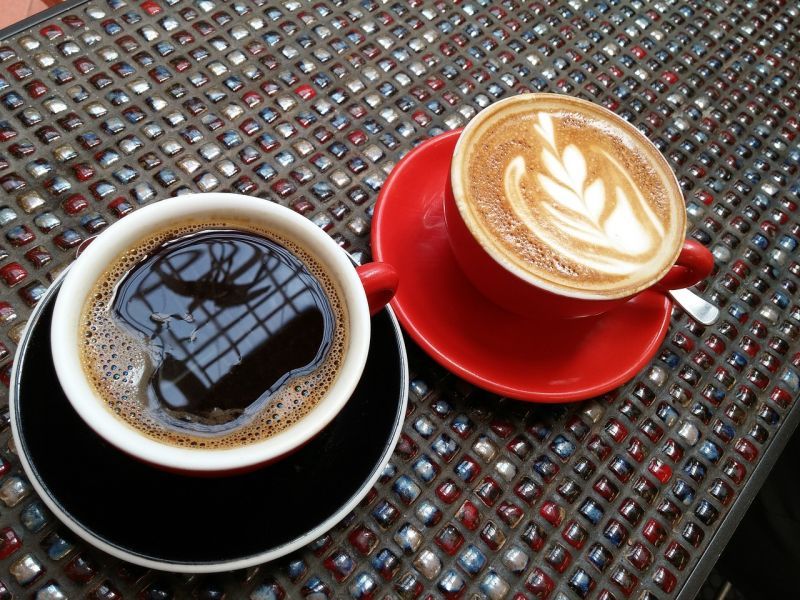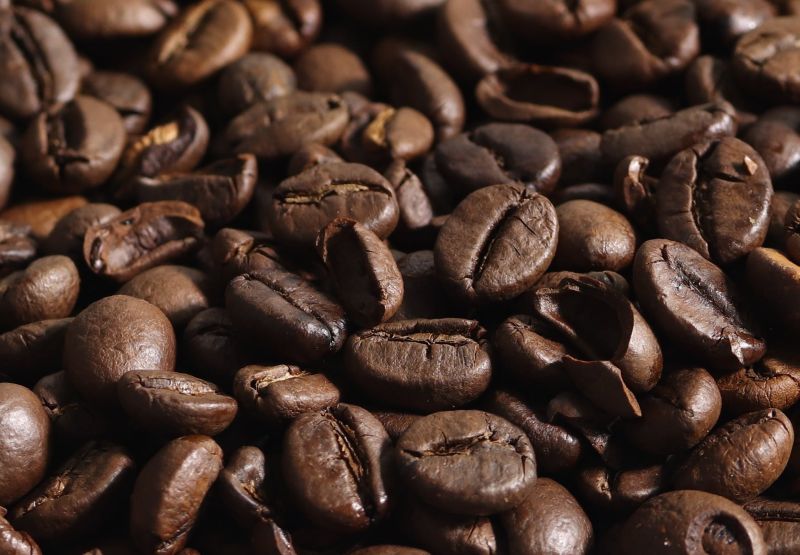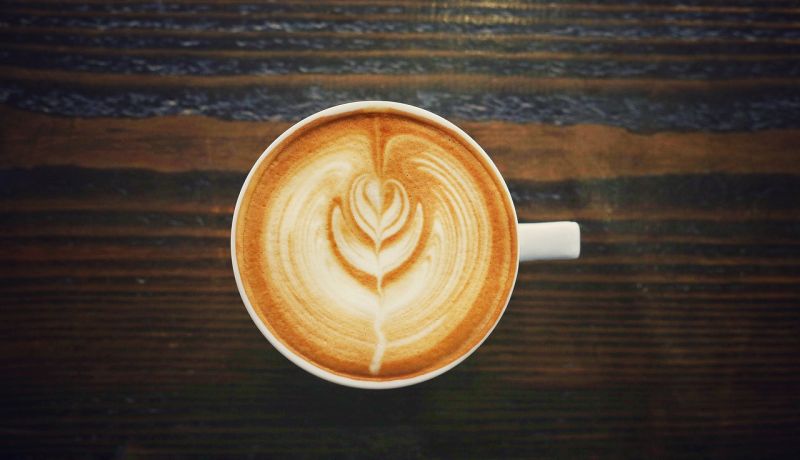Cappuccino is a popular and favored drink. We know that it has its roots in coffee and that is the reason for its unique flavor and kick. Yet, us coffee lovers have to sometimes where our caffeine intake is headed. How much caffeine is in the cappuccino I’m about to enjoy?
There are several questions beyond that, like how does it compare to regular coffee or espresso. And do I really have to watch my caffeine intake with a cappuccino? Surely, there’s some nuance to it.
Does Cappuccino Have Caffeine?
The flavor and texture of a cappuccino can make someone wonder if it has caffeine. Many recipes bring in a chocolate touch to cappuccino, which can seem to overshadow the coffee taste. Similarly, the popularity of Frappuccinos and their inherent relationship to cappuccino may color perception. So does cappuccino have caffeine?
Yes, and that part is true for decaf as well. While the decaf process removes most of the caffeine available, tiny amounts will still be present. For practical considerations, it might be negligible. However, it is unlikely to be zero.
Where Does Cappuccino’s Caffeine Content Come From?
The answer is in the recipe. You may add frothed milk, skimmed milk, chocolate, and many additives but the base but the basic ingredient is espresso. Even if the shot of espresso is a tiny amount by volume, it’s still a fairly good amount of caffeine. And if you’re like me, you probably used a double shot of espresso to brew the cappuccino.
Going by bare numbers, there is about 64mg of caffeine per ounce of espresso. Depending on your espresso machine and preference, a shot of espresso can be anywhere between 1-1.25 oz. Using a simple estimate, your cappuccino has at least 64mg of caffeine. Of course, the number goes up if you’ve used a double shot of espresso.
Considering how it is brewed, a cappuccino also has a fair amount of frothed/steamed milk. That means overall, there’s a lower amount of caffeine available by volume. So a cappuccino doesn’t feel as strong as espresso. An average cup of cappuccino has 13 mg of caffeine per fluid ounce.
Cappuccino Vs Coffee Caffeine
How does a cappuccino fit in with a cup of regular drip coffee? In simple numbers, cappuccino vs coffee caffeine content goes higher for regular drip coffee. The reason simply comes down to the way each of these is brewed.
Drip coffee is fairly uniform in its caffeine content. The more coffee you add to the cup, the greater its caffeine content. On average, an 8oz cup of drip coffee has 200mg of caffeine.

For a cappuccino, the caffeine content comes solely from the espresso shot. An espresso shot has a higher concentration of caffeine, going at 64mg per oz. However, most of the volume for a cappuccino is filled by frothed milk, which has no caffeine content.
Recipes for cappuccino suggest a ratio of 1:4 for espresso and frothed milk. Each part of espresso gets four parts of steamed milk. This gives the cappuccino a great taste and flavor, and a lower caffeine content by volume.
Cappuccino Vs Instant Coffee
Blasphemous as it is, I’ll compare a well-brewed cappuccino’s caffeine content to that of instant coffee. The numbers obviously vary with the instant coffee or blend you choose.
For a conventional blend of instant coffee and chicory, the caffeine content can be anywhere between 50-70 mg for an 8 oz cup. If the instant coffee doesn’t contain chicory, expect 60-90 mg of caffeine per cup.
In broad terms, instant coffee has roughly the same amount of caffeine as a cappuccino. Perhaps more if you used a double shot to brew!
Comparing Cappuccino And Latte For Caffeine Content
Cappuccino and latte are very likely to be identical in their caffeine content. Both these popular brews use espresso as a base and other ingredients are added over the espresso. Assuming the same recipe and coffee is used for both these beverages, their caffeine content stays identical.
The Coffee Beans You Use Will Affect Caffeine Content
It is only natural that the coffee you choose affects the caffeine content available. While the coffee regions and specific types play a role, our current discussion will be limited to two popular varieties. The two most popular varieties of coffee are arabica and robusta.
Arabica is generally the preferred variety. It has a mild taste, is flavorful, and often possesses a great aroma. Most arabica coffees also pick undertones of flavors depending on regions where they are grown. You’ll often find spicy, fruity, chocolaty, or other taste notes in arabica coffee.

Robusta beans, on the other hand, tend to be more bitter compared to the milder arabica. They can, however, have almost twice the caffeine content of arabica beans. These beans also have less sugar and fat. Better still, robusta contributes to a richer crema on espresso shots.
As you see, our calculations for caffeine content can change dramatically depending on whether robusta or arabica beans were employed. Most calculations consider arabica beans, as they are the preferred choice for brewing coffee.
The Caffeine In Your Cappuccino
Well, now you know how much caffeine is in cappuccino. It is a fairly manageable account by volume and the drink itself is quite a treat. Unless there is a specific reason for you to watch your caffeine intake, enjoying a cappuccino should be fine.
For simpler calculations, assuming an 8 oz cup with a 1.25 oz shot of espresso, you’ll probably have 80 mg of caffeine.

